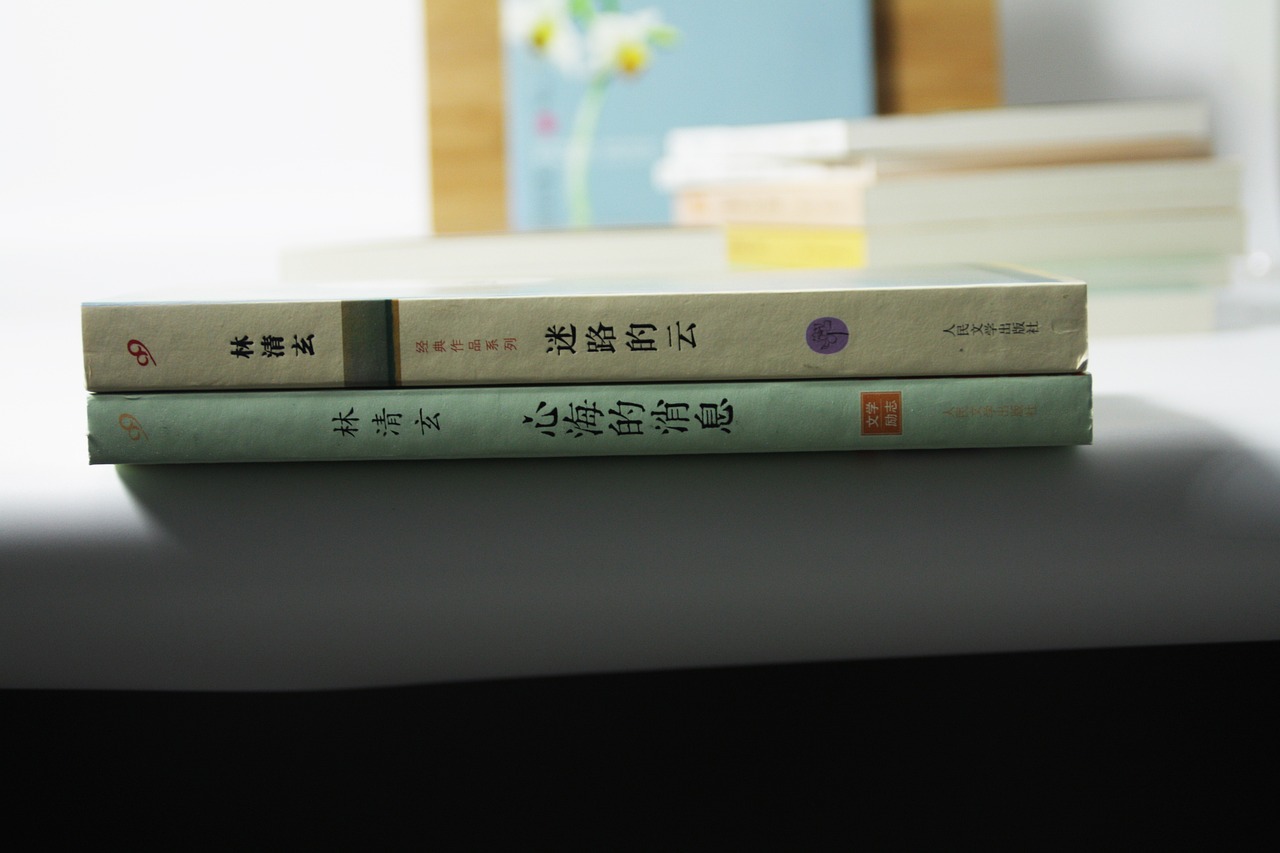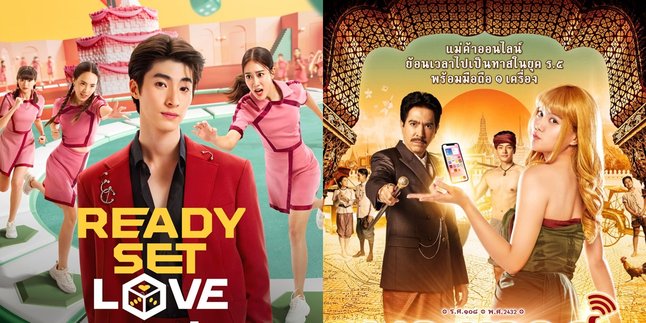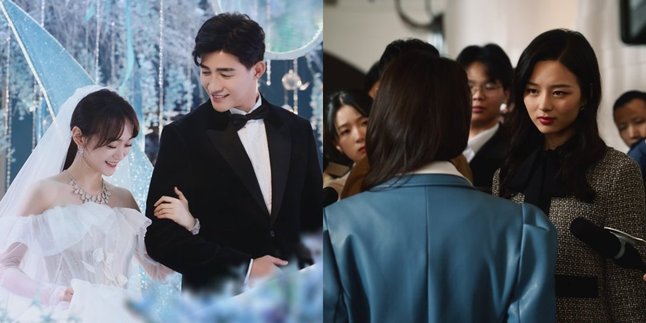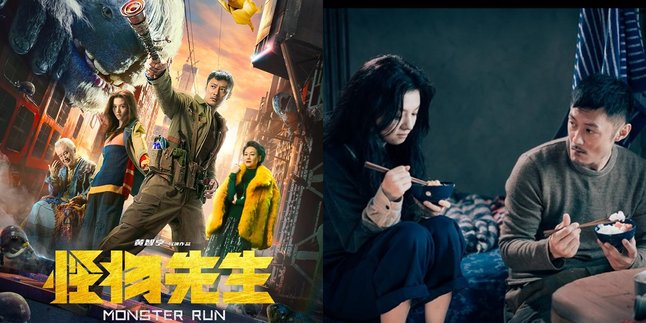Kapanlagi.com - A novel, as one form of literary work, has a long history that has shaped culture in various countries, including Japanese culture. In Japanese, the term the Japanese word for novel is "shousetsu", which comes from a word meaning "a small story".
In Japan, novels are not just entertainment, but also a medium that reflects social life, cultural values, and societal dynamics. Various types of novels, ranging from fiction to non-fiction, have developed in Japanese society.
This influences the Japanese perspective on life. In this article, Kapanlagi will further discuss the Japanese word for novel, its meaning, types, and the history of novels in Japanese culture that has spread in society.
So, for those of you who want to know what the Japanese word for novel is, here is the explanation of the Japanese word for novel, its types, and also its history in society. Let's check it out, KLovers!
1. What is the Japanese word for Novel?

Illustration (credit: pixabay.com)
Novels have become one of the popular forms of entertainment, especially in Japan. The Japanese word for novel is "shousetsu". The term shousetsu in Japanese has a broader meaning compared to the word "novel" in Indonesian or English.
In the context of Japanese literature, shousetsu encompasses various forms of prose fiction, including novels, novellas, and short stories. This word consists of two kanji characters: "shou" which means "small" or "short", and "setsu" which means "story" or "narration".
Although it can literally be translated as "short story", the use of the Japanese word for novel, shousetsu, in modern Japanese has evolved to refer to various forms of prose fiction, regardless of length.
This term for novel in Japanese was first introduced at the end of the Edo period as a translation of the Dutch word "roman", and since then, this Japanese word for novel has become a
2. Types of Novels in Japan

Illustration (credit: pixabay.com)
In addition to knowing the Japanese term for novel, KLovers can also learn about the types of novels that exist in Japan. Each genre of these novels reflects different aspects of Japanese culture and society, as well as the diverse preferences of readers.
Many Japanese writers experiment with these various genres, sometimes combining elements from several genres in one work. Here is an explanation of some significant types of novels in Japanese literary culture:
1. Junbungaku - Pure Literature
This refers to serious literary works that are considered to have high artistic and intellectual value. Junbungaku novels often explore complex philosophical, existential, or social themes. Writers like Kawabata Yasunari and Oe Kenzaburo, both Nobel Prize winners in Literature, are famous for their junbungaku works.
2. Taishu Bungaku - Popular Literature
Unlike junbungaku, taishu bungaku includes novels that are aimed at mass consumption. This genre includes detective stories, romance, historical fiction, and adventure novels. Although lighter, many works of taishū bungaku are considered to be of high quality.
3. Light Novel
Light novels are light novels often targeted at teenage and young adult readers. They are usually shorter than regular novels, use simpler language, and are often accompanied by manga-style illustrations. This genre is very popular and is often adapted into anime or manga.
4. Isekai - Other World Novels:
A very popular subgenre of light novels, isekai involves characters being transported to a fantasy or parallel world. This genre has become a pop culture phenomenon in Japan in recent years.
5. Keritsu Shousetsu - Mobile Novels
These are novels written and read via mobile phones. The writing style tends to be brief and simple, tailored for the small screen of a phone. This genre became very popular among young readers in the early 2000s.
6. Rekishi Shousetsu - Historical Novels
These novels are set against the backdrop of historical periods in Japan. They can be pure fiction with a historical background or based on real historical events and figures.
7. Suiri Shousetsu - Mystery Novels
This genre includes detective and mystery novels. Authors like Edogawa Ranpo and Matsumoto Seicho are famous for their works in this genre.
8. SF (Science Fiction)
Japanese science fiction novels often combine unique elements of Japanese culture and mythology with futuristic themes.
9. Seishun Shousetsu - Teen Novel
This genre focuses on the experiences and development of teenage characters, often exploring themes such as first love, friendship, and the search for identity.
10. Kokuhaku Shousetsu - Confession Novel
This genre involves highly personal first-person narratives, often based on the personal experiences of the author or fictional characters.
3. The History of Novels in Japanese Culture

Illustration (credit: pixabay.com)
Then there is the history of the novel in Japanese culture. The history of the novel in Japanese culture is very rich and diverse, reflecting the social and cultural changes that have occurred in the country over the centuries. Here is a brief overview of the development of the novel in Japanese culture:
1. The Beginning (Heian Period, 794-1185)
Japanese novels can be traced back to the Heian period with the monumental work "Genji Monogatari" or "The Tale of Genji" by Murasaki Shikibu. Written around the year 1000 AD, this work is often considered the first novel in the world. "Genji Monogatari" tells the romantic life of a prince in the imperial court, depicting in detail the life of the Japanese aristocracy at that time.
2. Early Development (Edo Period, 1603-1868)
During the Edo period, various forms of popular fiction emerged such as "ukiyo-zoshi", books of the floating world) that depicted the urban life of the middle class. Ihara Saikaku was a famous writer from this era who developed a realistic style in fiction writing.
3. Modernization (Meiji Period, 1868-1912)
The Meiji period marked the beginning of Japan's modernization and the introduction of Western literature. Futabatei Shimei wrote "Ukigumo" (Floating Clouds) in 1887, which is considered the first modern Japanese novel. Natsume Sōseki and Mori Ōgai were other prominent writers who adopted and adapted Western novel styles into the Japanese context.
4. Taisho Era and Early Showa (1912-1945)
This period saw the emergence of various literary movements, including naturalism, realism, and modernism. Writers such as Akutagawa Ryunosuke, Tanizaki Jun'ichiro, and Kawabata Yasunari produced works that combined traditional Japanese elements with modern narrative techniques.
5. Post-World War II
After World War II, Japanese novels experienced rapid development with the emergence of writers like Mishima Yukio, Abe Kobo, and Oe Kenzaburo. They explored themes of existentialism, alienation, and national identity in the post-war era.
6. Contemporary Era
Contemporary Japanese novels encompass a variety of genres and styles. Authors like Haruki Murakami have gained international recognition with works that combine surreal elements and pop culture. Female authors such as Banana Yoshimoto and Natsuo Kirino have also provided new perspectives in the world of Japanese literature.
Novels in Japanese culture continue to evolve, reflecting social and technological changes. Phenomena such as light novels (raito noberu) and web novels (webu shousetsu) have emerged, attracting young readers and leveraging digital platforms.
That is the Japanese language of novels that KLovers can know. Novels in Japanese culture reflect the richness of history, social aspects, and values that continue to develop.
(kpl/dhm)
Disclaimer: This translation from Bahasa Indonesia to English has been generated by Artificial Intelligence.















